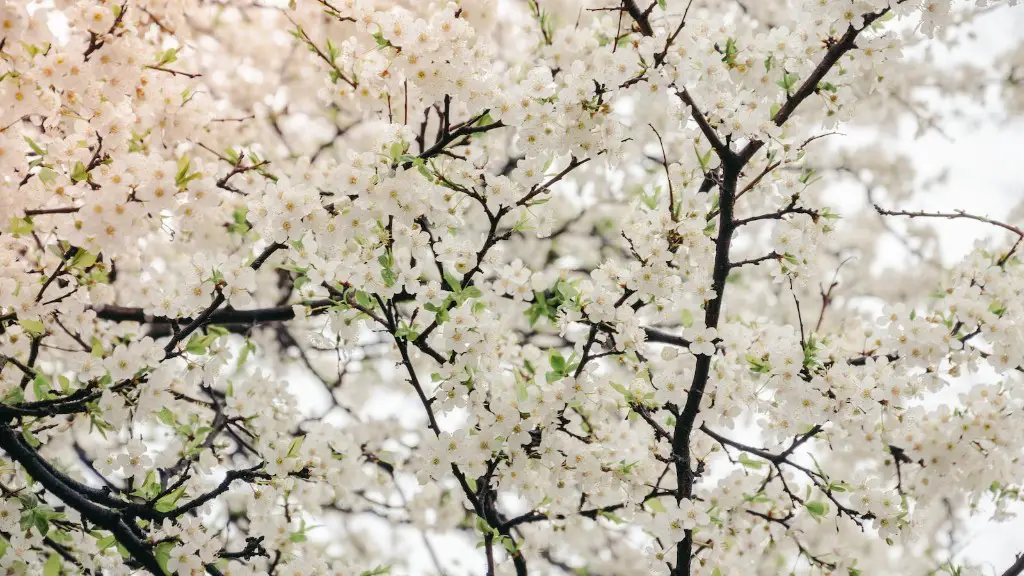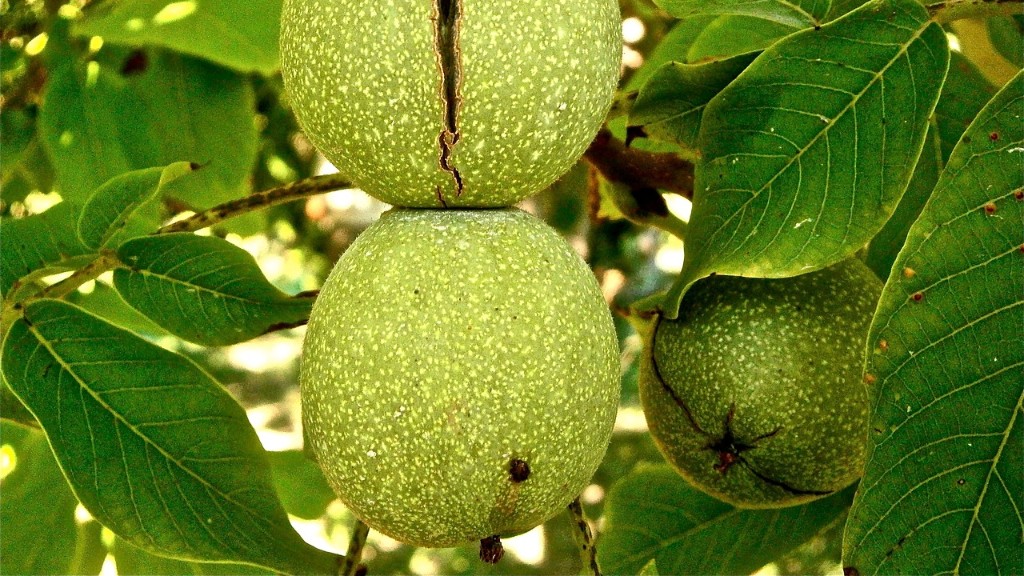Introduction
Growing a cherry tree from the stone of a cherry may sound impossible and even far-fetched to many. To those who are familiar with plant nutrition, however, the thought of such an endeavor may be met with an attitude of enthusiastic optimism. After all, cherries are a type of seed—known botanically as a stone fruit—that, when planted in the right conditions, can sprout forth into a full-fledged, fruiting tree. But what are the right conditions, and what other information should potential farmers keep in mind before planting a cherry stone?
Are Cherry Pit’s Viable Sources for Planting?
One of the most important things to consider before planting a cherry pit is if the seed is viable or not. While viability depends on the type of cherry itself, most cherries, regardless of variety, are generally viable for a few days after being picked from the fruit. As a rule of thumb, if the seed is soft, bruised, or has dark, mottled coloration, it is too old and likely not viable anymore.
Cherry Stones Require Cold Stratification
Cold stratification is a process in which a fruit or seed is exposed to cooler temperatures and moisture in order to facilitate the proper germination of the embryo inside. Seeds such as cherry stones must be subjected to cold stratification in order to break dormancy or the period of time in which the seed is unable to grow even if the right environmental conditions are present. For example, cherry stones will require a period of cold stratification before they can be planted in soil. The recommended process for cold stratification is to place the cherry stones in a damp cloth and place the cloth in a zip-lock bag. Place the bag with the cherry stones in the refrigerator and allow them to remain there for two to three months.
Soil Requirements for Planting Cherry Pits
Once the cherry stones have undergone the process of cold stratification, the next step is to plant them in soil. The type of soil is important for successful germination of the cherry seed. Planting cherry stones in well-worked, nutrient-rich soil will give them the best chance of producing a healthy tree. It is important to use a well-drained soil that drains well and remains wet, but not waterlogged. It is also important to add some organic matter to the soil to help with the fertility and structure of the soil.
Competition from Weeds and Other Factors During Cherry Pit Germination
Once the cherry stones have been planted into the chosen soil, it is important for the farmer to keep an eye on the germination process. Weeds and various pests can easily infest a field of cherry pits and make the process of germination more difficult. It is important to regularly weed any emerging weeds and make sure the plants are not being eaten by pests. It is also important to pay attention to the weather, as an extended period of drought or a period of overly wet weather can both negatively affect germination.
Care and Maintenance of a Successful Cherry Pit Planting
Once the cherry tree seed has sprouted and the plant is growing, it will need to be consistently cared for in order to ensure that the tree has the best chance of survival. This care and maintenance includes watering the tree regularly, fertilizing it with a slow-release fertilizer, and pruning the branches as they grow in order to promote strong, healthy branching. Additionally, if the tree is planted in a sunny location, it is important to protect the young tree from direct sunlight using shade cloth or a similar protective material.
Cherry Trees Require Patience and Care
Growing a cherry tree from a cherry pit is often seen as a long and daunting process. However, with the right conditions and care, it is certainly possible to produce a successful, fruitful cherry tree from a single pit. Once planted, the cherry tree will require a few years of consistent care and maintenance before it will begin to bear fruit, so it is important to understand the process and expectations before starting.
Pests and Diseases Affecting Cherry Trees
As with any other fruit tree, cherry trees are susceptible to pests and diseases, and the farmer must be prepared to take the necessary steps to prevent infection and combat the pests and diseases that can impact the tree. Some of the common pests affecting cherry trees are scale insects, aphids, and mites. Additionally, cherry trees are susceptible to a variety of diseases such as root rot and bacterial canker. It is important for the farmer to be aware of these diseases and pests and take the necessary steps to prevent the tree from becoming infected.
Conclusion
Planting a cherry pit and successfully growing it into a fruitful tree is certainly possible with the right conditions, care, and maintenance. It is important for the farmer to understand the process and take the necessary steps to ensure that the tree has the best chance of survival. From planting to cold stratification to caring and maintenance, there is a lot that goes into successfully growing a cherry tree from a pit—but with a little patience and effort, it is certainly an achievable goal.


